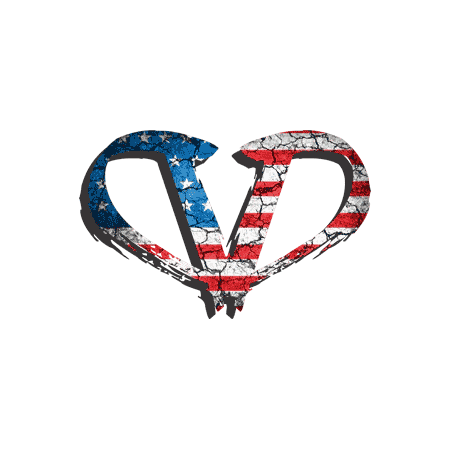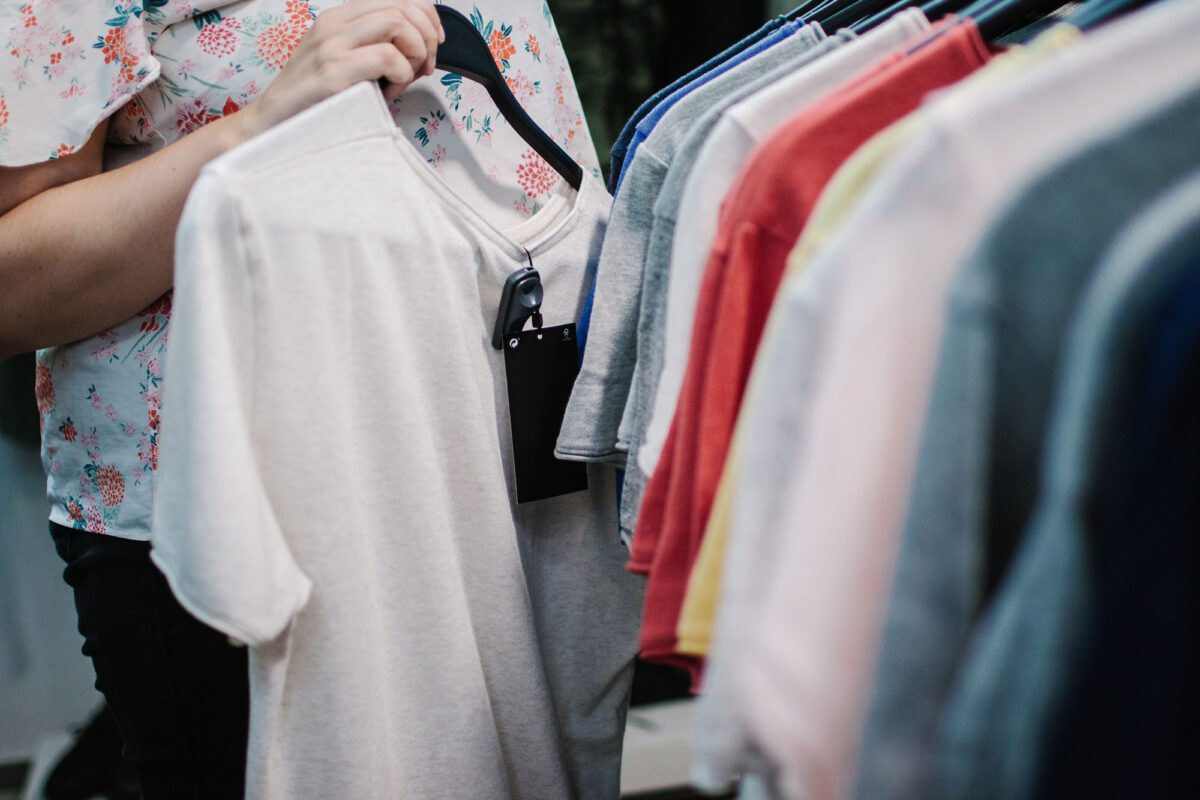The t-shirt is the wardrobe staple. No matter a person’s style, location or profession, the t-shirt has a place in their closet. It’s a blank canvas for the wearer, and while there are infinite iterations of the t-shirt available, the information about what sets quality shirts apart from the rest is limited. You deserve a shirt that will stand up to years of washing and wearing, not a shirt that falls apart after a season.
Because the t-shirt is such a simple garment, the manufacturing process and quality is paramount. So we asked Phillip Proyce, of Lady White Co., and Bayard Winthrop, of American Giant, to explain how manufacturers make tees that last over years of wear.
Let the Fabric Speak for Itself
PP: Fabric is of course the foundation of the garment. It needs to be of the highest-quality cotton and yarn. So many steps go into spinning the yarn, knitting the fabric, and also the finishing stages. In our case, these steps are all completed in the USA, which makes quality control much easier.
BW: Fabric has lots of characteristics that determine how it will perform over time. For instance, with our premium tee slub, we considered how the slub draped, how it performed, how it tested in twist and transparency, and then engineered the fabric to hit the specs we were gunning for. Tackle what’s not working about the fabric with both your yarn suppliers and your knitters — and ultimately exceed what you’re trying to do. The fabric is the key to a quality tee.
Construction on Display
PP: The construction is a vital aspect of quality. Choosing the proper machinery is the first start, then effectively applying the right tension and technique is next. The sewer has the biggest affect on the final outcome. It’s easy to pump out t-shirts of low quality. When you have skilled labor, it becomes craftsmanship.
BW: There are two parts to construction you need to consider: construction in fit and construction in durability. Fit matters in how you build the garment. There are many construction options — a tubular knit, a tape seam, single, double or triple needle stitching — that all ultimately determine how the tee fits and how the tee drapes. You have to look at each building block of the tee — evaluating your shoulder, side paneling, collar — to make sure you’re nailing fit.
Then there is the question of, “Will this thing last?” That durability is all due to components of thoughtful design and investment in how the garment is manufactured. No one really wants to invest in quality sewing because the more time you spend on the garment, the more expensive it gets. At American Giant, that durability is key. We prioritize quality first; everything else has to follow.
Sewing and Domestic Production
PP: The most difficult part of producing in California is the labor costs. But at the same time that’s why we are making it here. Everyone touching our product is getting paid fairly and legally. The difficulties come when trying to compete with overseas pricing. The day-to-day operations are much smoother than offshoring, but we need to realize the actual buying power of our end users. If no one can afford the goods then we’re not doing our job correctly.
BW: There are two parts to a successful sewing operation: the people — or, the operators — and the technique they are using. American Giant has the best operators in the world. Specifically, the Carolinas have the most capable and skilled knitwear producers out there domestically and internationally. A meticulous approach to construction makes for a better garment. We avoid the “ton and gun” style of production — mass quantities with poor quality — and instead take a thoughtful yet scalable approach.
Consider the Complete Equation
PP: Design, superior fabric, proper fit, solid construction. The details go as far as thread size, stitch per inch, and even what brand of needle is in the sewing machine.
With any product, you have to be absolutely obsessed with the details, the fabric, the finishing, and all the elemental parts coupled with a point of view on the actual silhouette. And, importantly, you need the highest-quality materials (such as fabric, yarn) to produce a quality garment.

